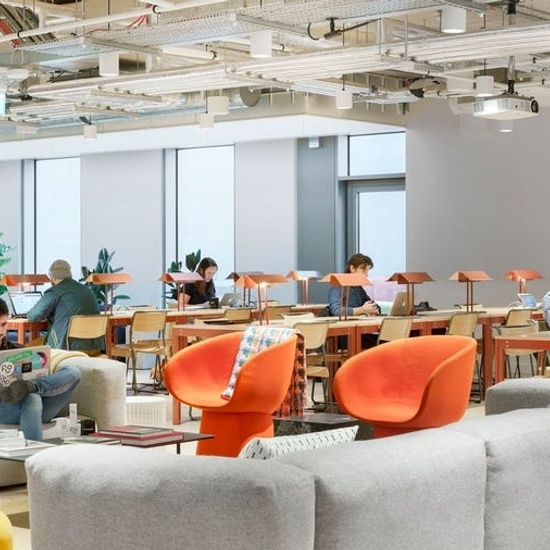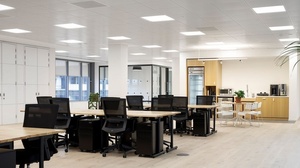
Ireland's Coworking Guide
A Coworking Guide from A-Z
Coworking spaces and serviced offices are to be found everywhere these days, and the sheer variety can itself be quite daunting. They're so common, it’s easy to assume that they’re as much a part of the 21st-century workplace as the watercooler. And, just like the office’s best place to network, flexible workspaces have been around since the 1960s.
Industry pros usually credit the Fegen Suites, created by attorney and real estate executive Paul Fegen, as the first flexible office space. But the OmniOffices Group, an early predecessor of industry leader Regus, was already on the scene in 1962.
Regus still thrives, serving 15 locations across Ireland, but serviced offices aren’t the only option today. Now there’s coworking, which developed to serve the needs of freelancers, solopreneurs, and small teams. WeWork and Iconic are among the stars of this show.
Now with thousands of Coworking offices around the world, there is no such thing as the average office space - they are all different. Whether it’s the services offered, the quality of the buildings or fitout, the budget or target audience - there really is a Serviced Office to suit every business.
Coworking spaces and serviced offices are similar in that they both provide flexible short-term solutions, but they meet different needs and have different lease structures or license agreements as they are termed in the serviced office world.
What Is a Coworking Space?

Not every business needs to rent an entire office. That’s where coworking spaces come in. The number of coworking spaces in the world is growing fast, as is the number of users. The Global Coworking Growth Study 2020 predicts that by 2024, there will be almost 5 million coworking tenants worldwide, an 158% increase over 2020.
Coworking spaces target individuals and small teams who need workspaces but are willing — and in many cases, actively want — to share. They usually work on a membership model, meaning that tenants pay a certain amount per month for access.
Members can rent a dedicated desk, meaning they get the same space every time they come in, or choose a flexible plan that lets them use any available “hot desk” in the room. There may also be options for private offices, depending on the provider.
The Benefits
Community without politics
Coworking spaces tend to host members from different walks of professional life. People occupying the same space aren’t just working on different projects; they’re working for different businesses and are likely to be in different industries.
Members still get to work side-by-side, without the competition and office politics that happen in a traditional office. The result? People who occupy coworking spaces thrive at about a six on a seven-point scale.
Balanced flexibility and structure
A lot of coworking spaces are open 24/7, so members can work on their own schedules. Members can choose to take advantage of this flexibility and work off-hours, an important benefit when a deadline is looming or a client in another time zone needs a meeting.
Often, though, members come during the workday to feel a sense of structure and shared purpose.
Available meeting space
Many coworking settings, if not all, let members sign up for meeting or conference rooms as needed. This alone can give coworking the advantage over a home office or coffee shop. A conference room just looks more professional than a corner table at Starbucks.
The Drawbacks
Rental costs
Working from home may be isolating, but at least it’s free (or, more accurately, already paid for). Even a coffee shop can give you space for the cost of a $5 latte. By comparison, a rented desk might seem costly.
Distractions
Coworking spaces are designed to facilitate a feeling of community, but sometimes that backfires. People make phone calls, meet at each other’s desks to chat… all of the things that distract employees in traditional offices.
Lack of control
For people accustomed to working at home, the shared space model can be an adjustment. Members don’t get to choose the internet provider, the level of heating, or even how often it gets cleaned.



